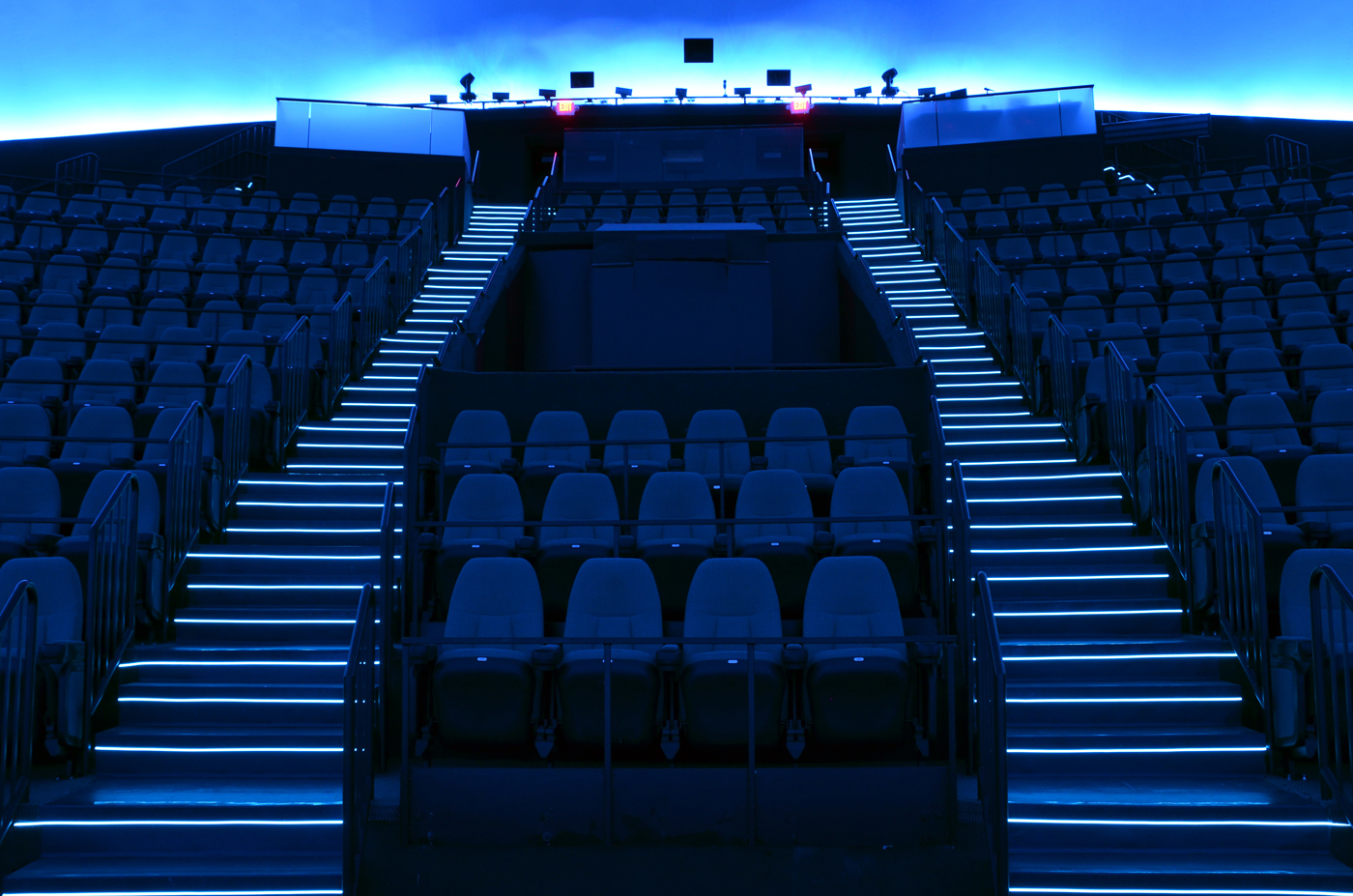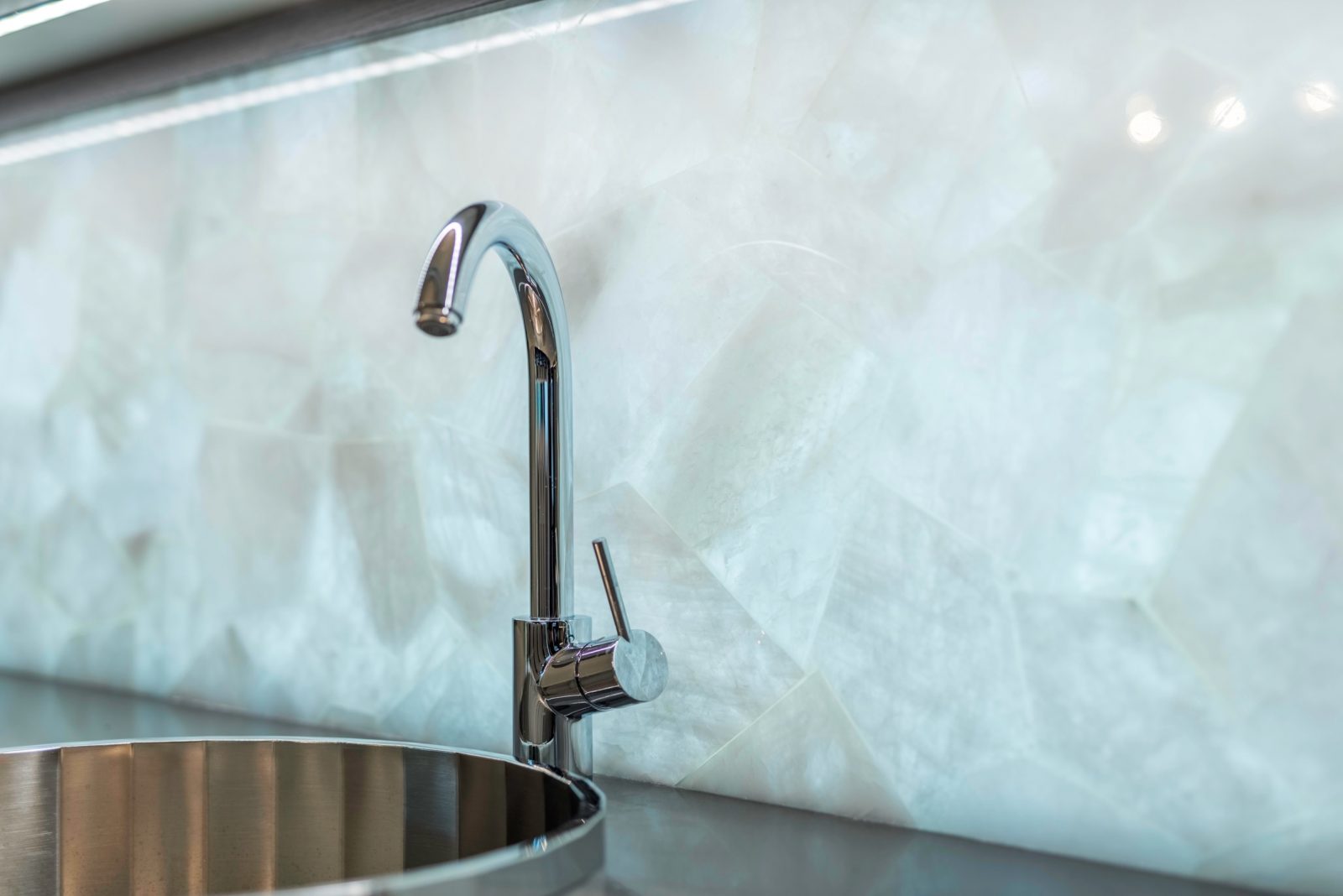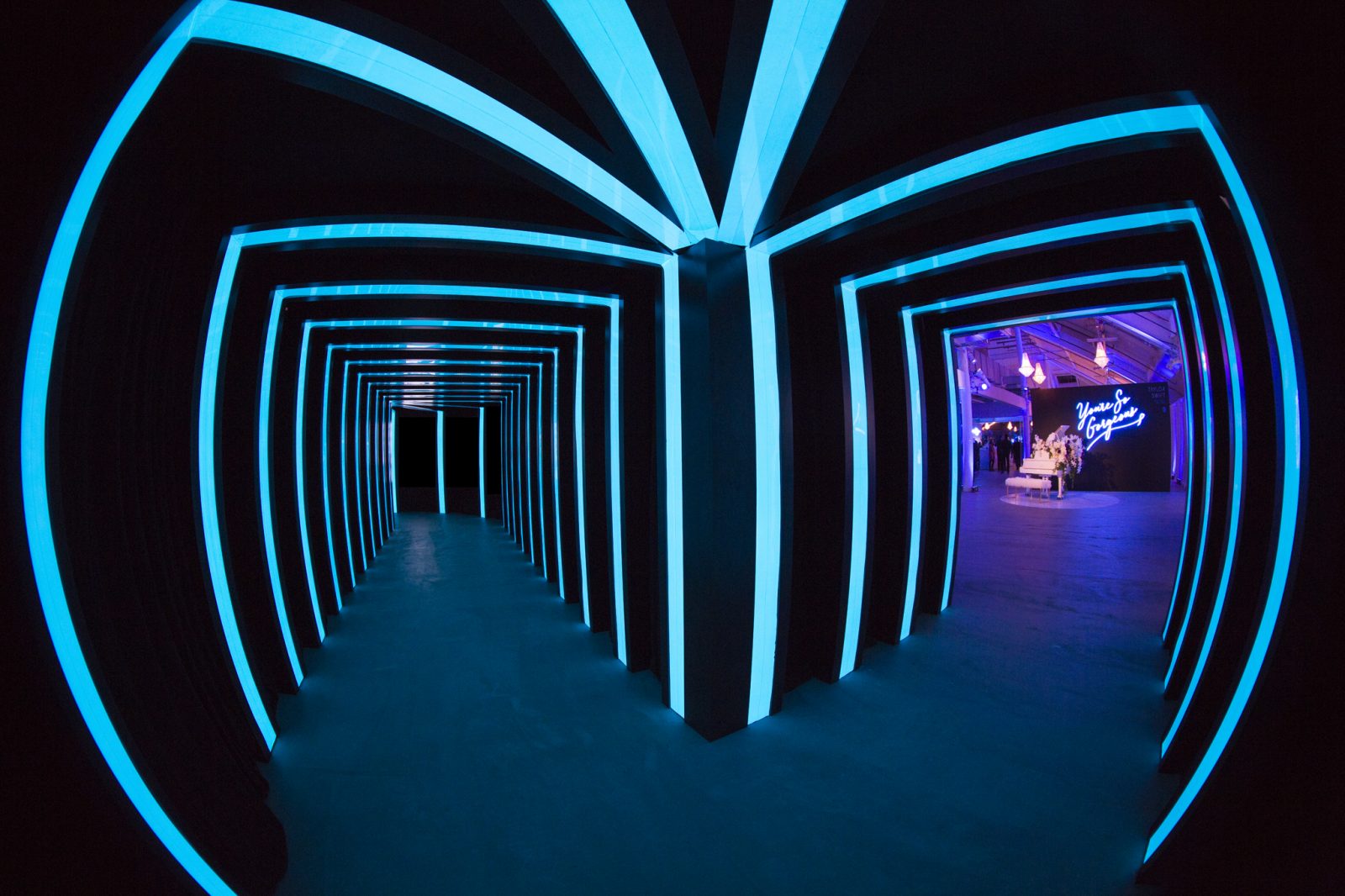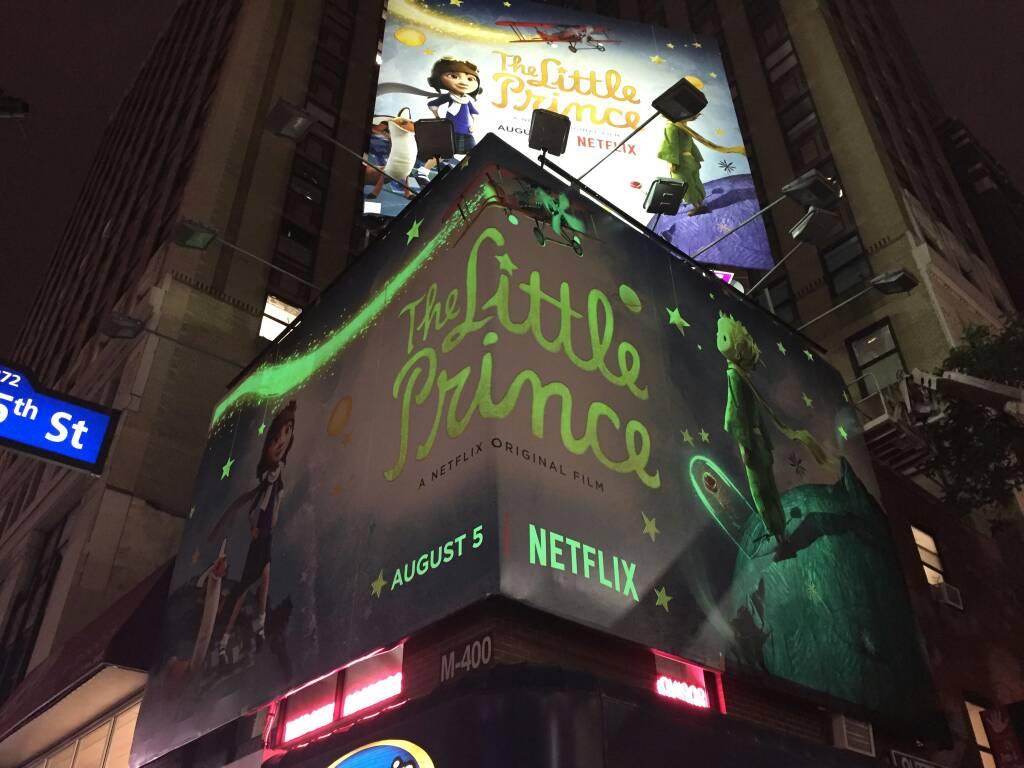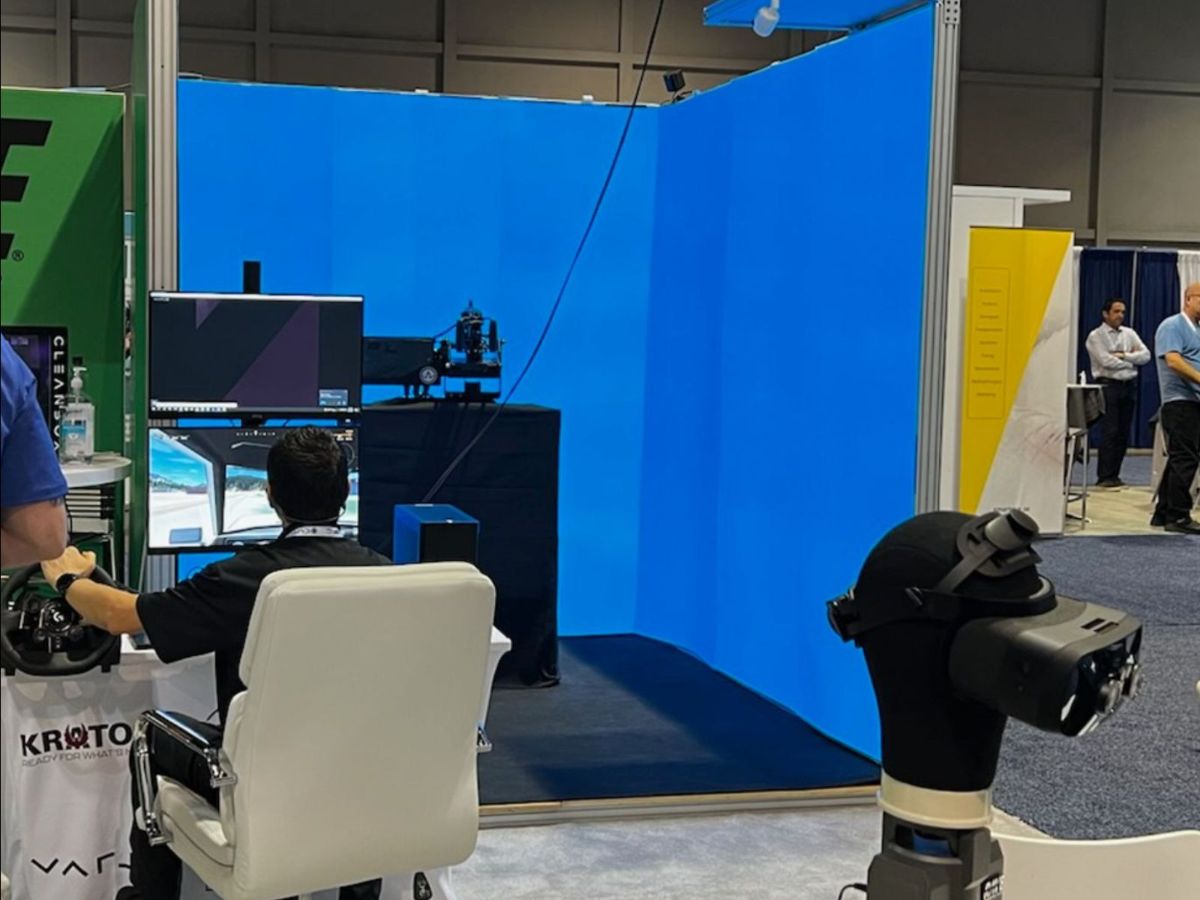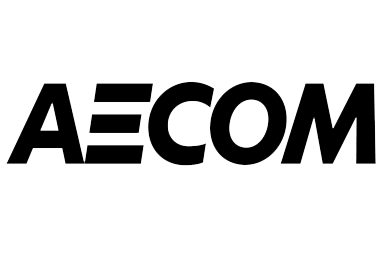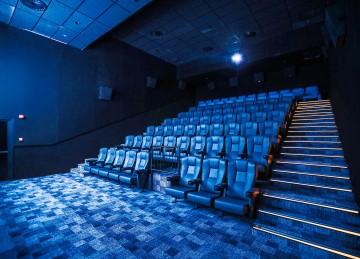
The wavelength of EL is very narrow and falls between infrared and ultraviolet light, containing neither. As a result, the light source registers with one eye as a crisp light, not fuzzy. Whereas LEDs have a bimodal wavelength. The double ‘hump’ is a major contributor to why LEDs produce a glare, and the light appears hazy, not crisp. This is not an issue for indirect view task lighting. However, for direct view accent lighting, the haze becomes a problem.
For accent lighting, one looks directly at the light source. When the light source is extremely bright, like the sun, staring at the source causes your pupils to constrict. This makes the eyes sensitive to light, producing a glare that ultimately reduces one’s ability to navigate. Using an LED for an accent light leaves one subject to this response. The light source becomes too harsh for the viewer, leaving them with hazy vision. It has been noted on several occasions that LED lights cause a glare, making navigation difficult for visually impaired patrons.
One interview performed at an IMAX theatre discovered that when the step lighting was changed from LEDs to EL there was a visibility benefit. When the LED system was in place, several workers at the facility would not go into the theatre during production. They found the bright LED light source made it difficult to navigate. They were very challenged by the stairs with LED lighting, because the haze of the light source made it difficult to delineate a step edge and find the step base. The bright LED lights did not aid in navigation, actually impaired them.
Once the EL system was employed, they found the light source made it much easier to navigate. Each step had a clear illuminated line, and the cast light was not harsh on the eyes. Now, patrons and employees can walk the steps with confidence. The EL light served as a guide to mark the steps, and any cast light stayed on the surface as surface brightness only, it will not reflect.
A big challenge with LEDs is the reflection of the light source back at the viewer. Electroluminescent lighting does cast light, but not at a wavelength that reflects to the viewer. The light stays where it is cast, illuminating the intended surface.
Light Tape is the longest, thinnest and widest continuous electroluminescent lamp in the world produced in the US.

